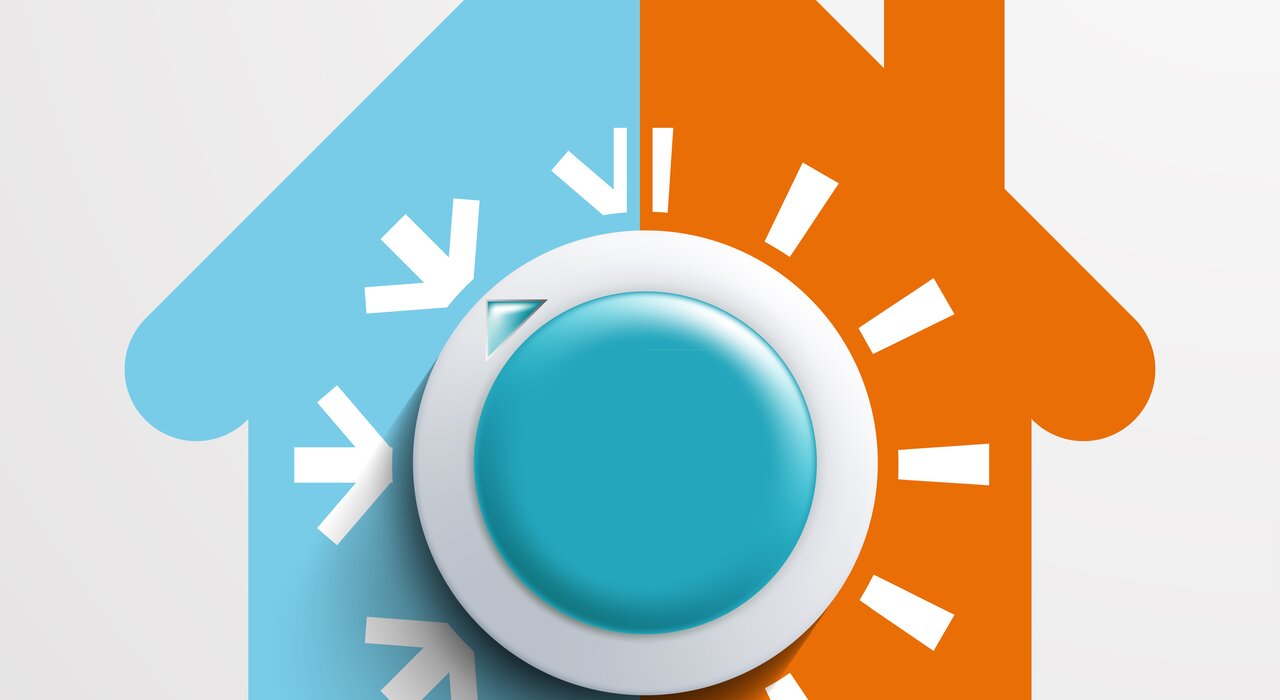
As the summer season approaches and temperatures begin to soar, homeowners often look for ways to keep their houses cool without relying solely on energy-intensive air conditioning systems. One such solution is the installation of external wall insulation. This highly effective method not only helps to reduce energy bills but also increases the overall comfort of your home. In this blog post, we'll explore how external wall insulation works, its benefits, and why it's the perfect solution to maintain a comfortable temperature in your home throughout the summer months.
How EWI Works
EWI is a process that involves attaching insulating materials to the outside walls of a building, followed by a protective render or cladding layer. The insulation layer prevents heat from entering your home during the summer months by reducing the rate of heat transfer through the walls. The result is a cooler and more comfortable indoor environment.
- Reduces heat gain during summer - The primary function of EWI is to keep the house cool in hot weather. The insulation layer acts as a thermal barrier, minimizing the amount of heat that enters your home from the outside. This means your home will stay cooler naturally, reducing your reliance on air conditioning systems.
- Increases energy efficiency - EWI not only helps to maintain a comfortable temperature during summer, but it also has year-round benefits. Reducing heat transfer through walls keeps the house warm during winter months. In turn, this lowers energy bills and reduces the carbon footprint of your home.
- Enhances building appearance - EWI is available in various colours, textures, and finishes. This makes it easy to find a style that complements your home's exterior. The added layer of protection also prevents damage from the elements and can improve the overall appearance of your property.
- Reduces noise pollution - The insulation layer also serves as an effective noise barrier, reducing the amount of noise that enters your home from busy streets or noisy neighbours.
- Increases property value - Installing EWI can increase the overall value of your property. The energy savings and improved appearance can be attractive to potential buyers. The added insulation may also help your home meet more stringent energy efficiency standards.
- Provides condensation control - EWI can help to eliminate condensation problems, which can lead to dampness and mould growth. By maintaining a stable indoor temperature and reducing thermal bridging, EWI can help to keep your home dry and healthy.
Reducing heat gain
The ability of external wall insulation to reduce heat gain during the summer months is a key benefit that makes it an attractive solution for homeowners. To better understand this advantage, let's delve deeper into the science behind it.
Thermal Mass and Heat Storage
One of the primary reasons EWI is effective in reducing heat gain during the summer months is its ability to alter the thermal mass of a building. Thermal mass refers to a material's ability to store heat. When EWI is installed, it increases the overall thermal mass of a building. This helps to slow down the transfer of heat from the outside to the inside of the home. The delayed heat transfer means that the peak indoor temperatures are reached later in the day. Therefore reducing the amount of time you spend in uncomfortably hot conditions.
Thermal Resistance
Another important factor in EWI's ability to reduce heat gain during the summer is its thermal resistance. This is a measure of a material's ability to resist the flow of heat, which is expressed as an R-value. The higher the R-value, the greater the insulation's effectiveness in resisting heat flow. By installing EWI with a high R-value, you can significantly reduce the rate at which heat enters your home from the outside. As a result, you maintain a cooler indoor temperature.
Reflective Properties
The external layer of EWI systems can also have reflective properties that help to minimize heat gain. The protective render or cladding layer can be designed with a high solar reflectance index (SRI). The SRI measures a material's ability to reflect solar radiation. By reflecting more sunlight away from your home, EWI systems with high SRI values can further reduce the amount of heat absorbed by your walls and ultimately transferred to the interior of your home.
Air Leakage Reduction
In addition to providing a thermal barrier, EWI can also help to reduce air leakage. Gaps and cracks in a building's envelope can allow hot air to enter your home during the summer months, making it harder to maintain a comfortable temperature. When EWI is installed, it can effectively seal these gaps, reducing the infiltration of hot air and maintaining a more stable indoor environment.
Choosing the right insulation material
Several insulation materials can be used for external wall insulation. Each material has its advantages and disadvantages, so it's essential to choose the one that best suits your needs and budget. Some of the most common materials include:
- Expanded Polystyrene (EPS) - EPS is lightweight, cost-effective, and easy to install. It provides good thermal performance but may not be as durable as other materials.
- Mineral Wool - Mineral wool is made from natural minerals and provides excellent thermal and acoustic insulation. It is also resistant to fire, making it a safer option for your home.
- Phenolic Foam - Phenolic foam offers the best thermal performance among the insulation materials, but it can be more expensive and challenging to install.
- Wood Fiber - This eco-friendly option is made from wood by-products and offers good thermal and acoustic insulation. It is also breathable, which helps to maintain a healthy indoor environment.
